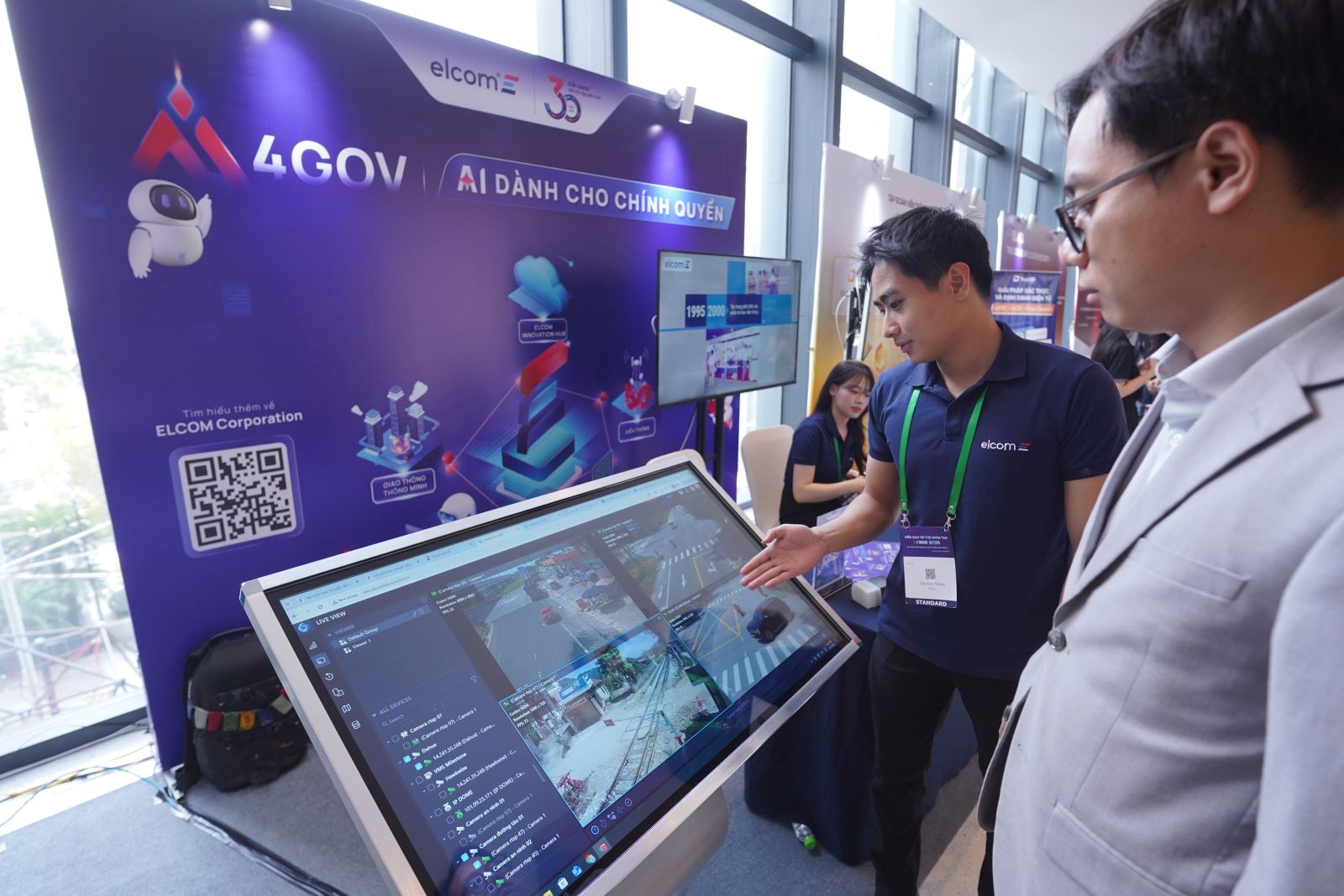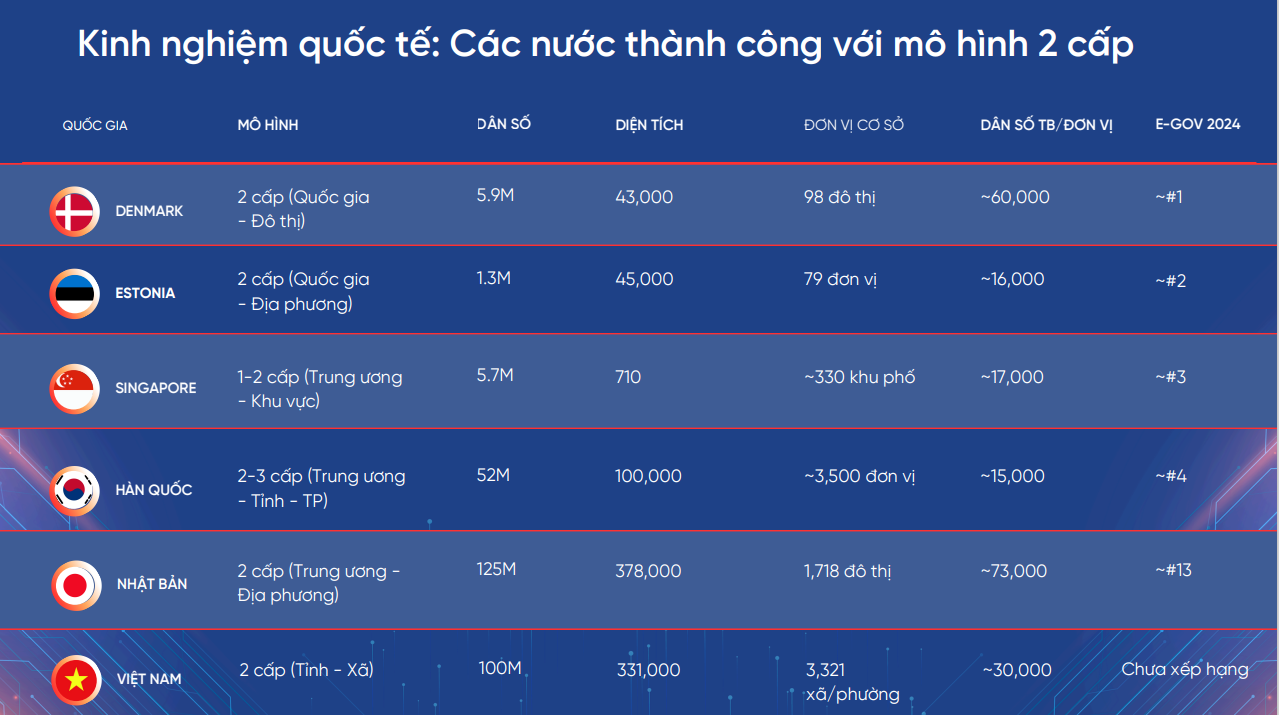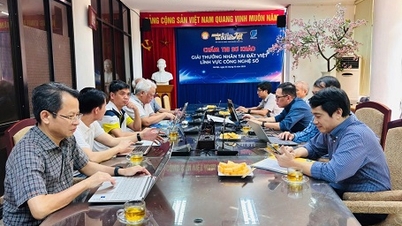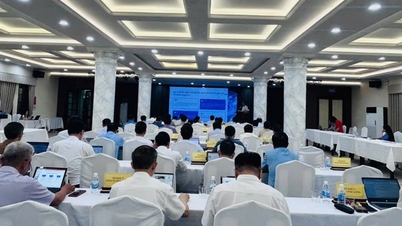Data plays an important role in training artificial intelligence. How do you evaluate data quality and data linkage in handling online public administrative procedures today?
Over the past time, we have coordinated with many departments and branches in localities in processing data. When delving into each group of data, we can see the chaotic situation, lack of standardization and no rules.

This leads to the fact that although many data centers have been organized and high-tech applications have been deployed to exploit data, after processing, those centers still find it difficult to operate effectively because the input data is not synchronized and standardized, making it difficult to exploit.
When the connection system between parties is not consistent, data from one unit cannot be used by another. This is a big problem that needs to be focused on solving in the coming time, otherwise, the deployment of artificial intelligence models will not be able to effectively promote the effectiveness of the current non-standard data source.
So, what recommendations do you have for the online public service management unit to make changes to make it easier for users?
I myself have accessed the Public Service Portal to do administrative procedures online and found it difficult to do without guidance.
Currently, the new Portal is in the “computerization” stage, which means transferring paper processes to the digital environment, but the destination must be “full process”, which means redesigning the entire process so that people and businesses can use it conveniently. Instead of just digitizing the old process, it is necessary to change the approach, focusing on users, and seeing what benefits they can get from that service.

When integrating artificial intelligence (AI) into the process, this technology not only plays the role of a chatbot to answer questions, but can also help shorten the entire process, even to just a few steps. To do that, it is necessary to change the mindset and thinking from the application design stage, aiming for friendliness, convenience and experience, similar to the e-commerce services that people are familiar with.
There is a reality that in many online public services in provinces and cities today, people are being served by officials or supported by youth volunteers at the point of service. To go along with digital government , specifically online public services need digital citizens. So, in your opinion, what kind of program is needed to have digital citizens?
We are entering the 4.0 industrial era, but if people are still at level 0.4, it will be difficult to achieve the desired results. The process of training and fostering digital skills needs to be carried out from two sides: the Government needs to have a systematic training program, and application developers must design it so that people can easily use and access it.
Right now, education programs for the younger generation need to include AI content and basic digital skills. The formation of digital citizens cannot be achieved in the short term, but requires a long-term plan. If online public services are focused on specific target groups and have appropriate support programs, the results will be more positive.
In addition, there needs to be a long-term training policy to help people grasp the most basic knowledge such as security, information safety and privacy in the digital environment.
In your opinion, how will AI application support the implementation of a two-tier government model?
Reality over the past three months shows that the implementation of the two-level government model has significantly increased the workload of grassroots officials, with an average commune or ward having to serve about 30,000 people.

Building a digital government is like building a house with three pillars: People are the most important factor, from the commitment of leaders to the participation of implementing officials; data needs to be standardized, shared and interconnected during operation; technology includes digital infrastructure and AI applications.
In particular, with the data infrastructure platform, AI is the key factor, with the data warehouse system built according to the motto "Correct - Sufficient - Clean - Alive". On that basis, AI engine (artificial intelligence core) and security solutions will support leaders in making decisions, support officials in handling work and guide people to perform online administrative procedures more effectively.
In which localities is the unit deploying AI applications, sir?
Developing technologies are in the testing phase. AI applications in the public administration sector will only really explode from the end of 2024, when the Party and State issue Resolution 57 on science, technology and innovation.
The unit is coordinating testing in a number of central ministries, departments, and branches and some localities such as Hanoi, Yen Bai... Testing is mandatory, because AI needs to be verified in practice, especially when related to specific business processes. Without going deep and close to reality, it is difficult to build a truly effective process.
Thank you very much!
Source: https://baotintuc.vn/xa-hoi/giai-phap-ung-dung-ai-va-chuyen-doi-so-nham-toi-uu-hoa-mo-hinh-chinh-quyen-2-cap-20251013172553785.htm




![[Photo] Ready for the 2025 Fall Fair](https://vphoto.vietnam.vn/thumb/1200x675/vietnam/resource/IMAGE/2025/10/14/1760456672454_ndo_br_chi-9796-jpg.webp)






































































































Comment (0)